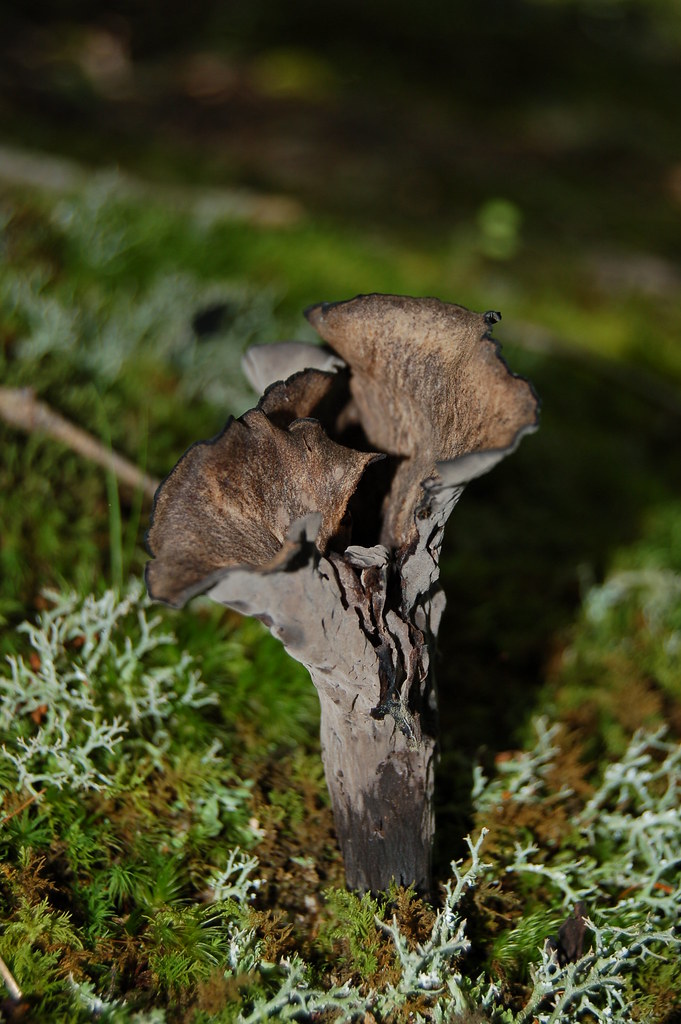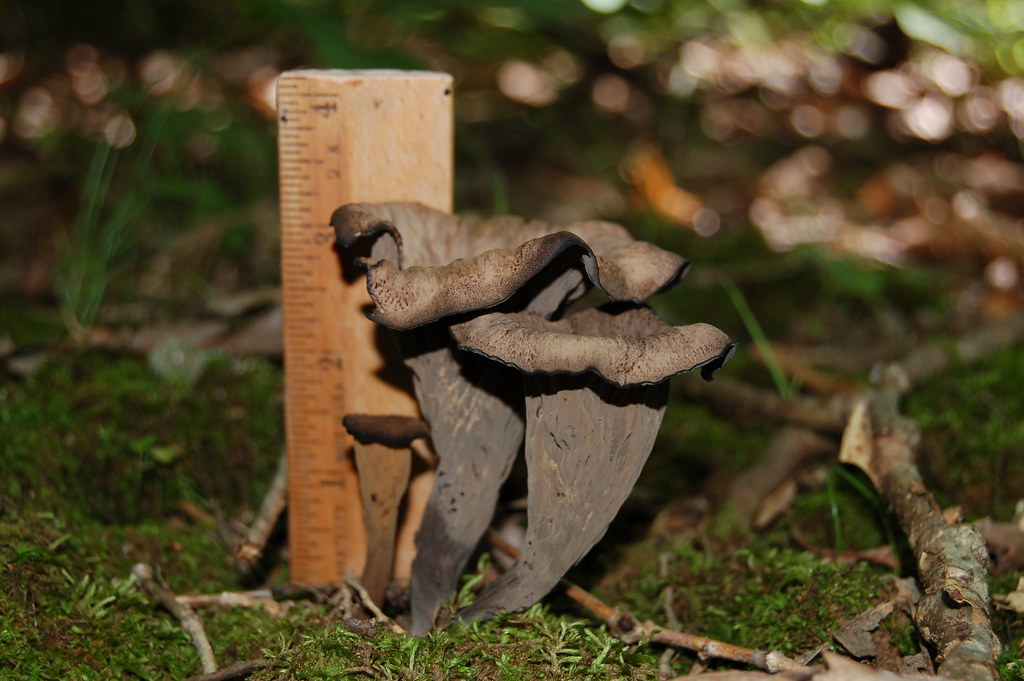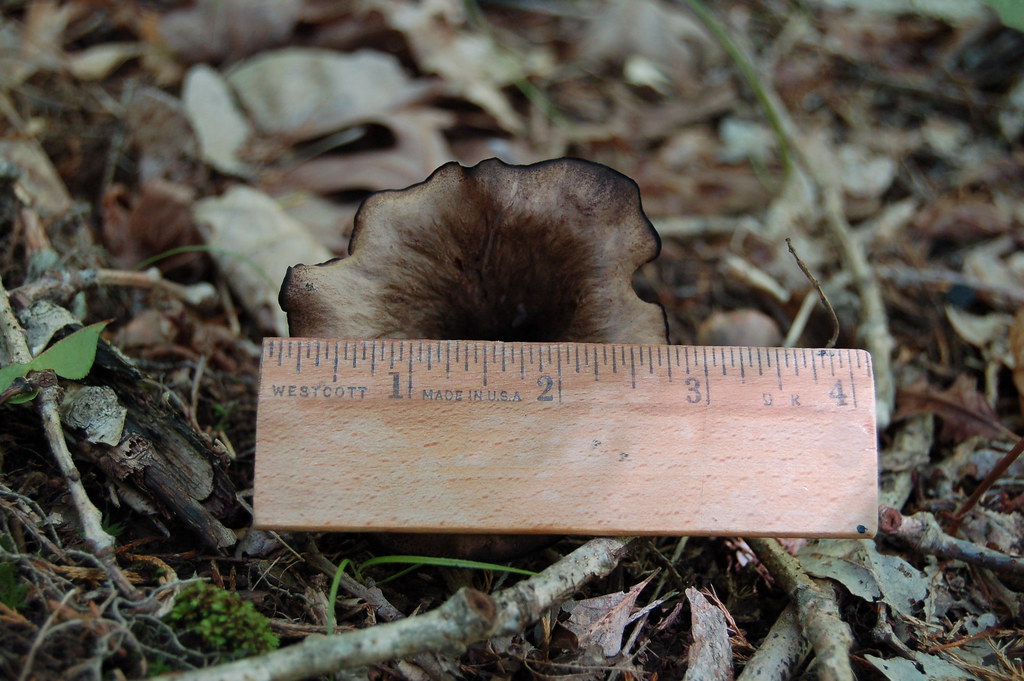As for storing the chants. They keep best when they are kept in either paper bags or cardboard boxes in the fridge. Like all other mushrooms, do NOT store them in plastic bags or containers of any sort. The mushrooms produce a gas that gets trapped by the plastic and begins to break them down. After a day or two all you have left is a mushy mess. Also, do NOT clean them prior to storage and they will last longer. In a paper bag they start to dry a bit in 3 to 5 days but you can still find good ones (or good pieces) for up to ten days. In a box, they can last two, three, even four weeks depending on how fresh they were when picked.
As for preserving chanterelles, I haven't found a good method for freezing them. I have tried sticking them straight in the freezer fresh (like you can do with hen of the woods) and I have tried precooking them a bit first (the way I prepare fried morels to be frozen) and both left me with a much mushier mushroom than I desired once thawed and cooked.
Many people dry them, though I don't do this too much because they tend to be much chewier than I like once reconstituted. I do dry a few each season for using in soups and stews. So, here are a few tips that will help. First, only use the cleanest specimen and DO NOT wash them in water, just remove any embedded debris that you can. You can dust off any dirt once they are dried and not so fragile. Second, cut them into small pieces, mainly consisting of the cap and largely discarding the stem. Last, dry them very slowly at a low temperature under 100 degrees F. Following those steps will help reduce the chewiness.
The best way to preserve chants is to can them. Now before you try this step, you must be well schooled in canning fruits and vegetables. The last thing you want is a bad case of Botulism. This is the first year that I have canned chanterelles, so I looked around the web and followed these instructions. They seemed to work well and I canned over ten pounds. I opened a jar last week to cook with them and see how they tasted and was pleasantly surprised by the freshness (granted these were only canned a week and a half ago, so not a true test). Here are the directions I followed.
To can chanterelles, clean them thoroughly and cut them in big chunks and steam for 20 minutes. Place the pieces in small canning jars and cover them with the liquid from the steaming vessel or boiling water to make up the difference. Add 1/2 teaspoon salt and 1/2 teaspoon vinegar. Finally, sterilize them for 40 minutes in a pressure cooker at 10 pounds pressure. (Excerpted from http://www.mssf.org/cookbook/chanterelle.html).











